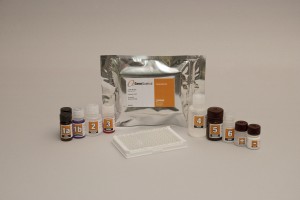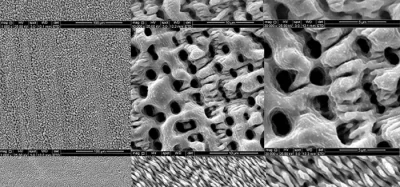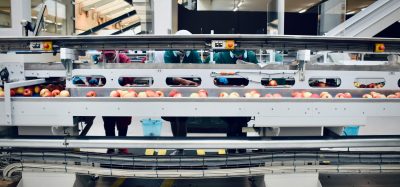Neogen Europe introduces a rapid DNA-based test for Campylobacter spp.
- Like
- Digg
- Del
- Tumblr
- VKontakte
- Buffer
- Love This
- Odnoklassniki
- Meneame
- Blogger
- Amazon
- Yahoo Mail
- Gmail
- AOL
- Newsvine
- HackerNews
- Evernote
- MySpace
- Mail.ru
- Viadeo
- Line
- Comments
- Yummly
- SMS
- Viber
- Telegram
- Subscribe
- Skype
- Facebook Messenger
- Kakao
- LiveJournal
- Yammer
- Edgar
- Fintel
- Mix
- Instapaper
- Copy Link
Posted: 6 November 2009 | Neogen Europe | No comments yet
Neogen Europe Ltd has introduced GeneQuence® Campylobacter, a new DNA hybridization test for the detection of Campylobacter spp. GeneQuence Campylobacter qualitatively detects Campylobacter spp. in whole chicken carcasses following only 48 hours of enrichment in patented Campy-Cefex culture media.
Neogen Europe Ltd has introduced GeneQuence® Campylobacter, a new DNA hybridization test for the detection of Campylobacter spp. GeneQuence Campylobacter qualitatively detects Campylobacter spp. in whole chicken carcasses following only 48 hours of enrichment in patented Campy-Cefex culture media.


GeneQuence® Campylobacter
Neogen’s GeneQuence® rapid pathogen detection assays utilize DNA hybridization technology in a microwell format to maximize throughput while minimizing hands-on time. The test system’s flexible format allows it to be used manually to run just a few samples, or fully automated to run up to 372 samples at a time. GeneQuence incorporates many features to ensure the quality, reliability, and speed of results—and can run multiple pathogen assays simultaneously. Campy-Cefex provides a quicker, simpler way to detect and differentiate the pathogens Campylobacter jejuni and Campylobacter coli from other, relatively harmless, members of the Campylobacter species. Campy-Cefex’s patented formulation that uses only the antibiotics cycloheximide and cefoperazone, and has been shown to both grow Campylobacter in a culture and repress the growth of most other microorganisms. Consequently, it was determined that the additional antibiotics previously used with other Campylobacter media were not needed. Campylobacter species are widely recognised as one of the leading identified causes of bacterial infectious disease throughout Europe. According to European Food Safety Authority figures (2005), campylobacteriosis has overtaken salmonellosis as the most reported animal infection transmitted to humans. Various surveys undertaken around the world have found the frequency of Campylobacter contamination of commercially available chicken to be between 50-80%. www.neogeneurope.com









